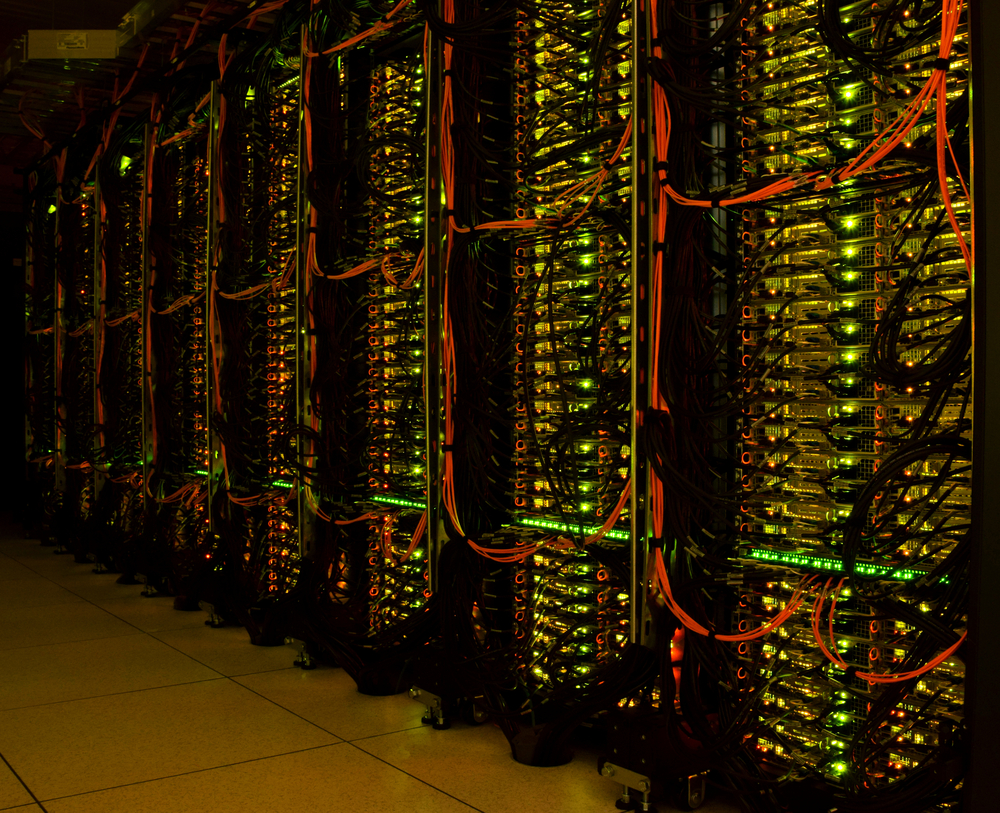Supercomputers are one of those topics that keep a large part of the world guessing as to their meaning. One thing everyone can agree on, however, is how Linux is clearly the most prominent operating system on these machines. With 498 out of 500 supercomputers running Linux, it is evident that this operating system provides the capability and security such machines direly need.
The Era of Linux Supercomputers
When Top500 released the new list of the world’s 500 most powerful supercomputers, very few people were surprised to find that Linux is the dominant operating system. Contrary to what the general public may believe, there are no viable supercomputers running Windows or Mac OS. This is for obvious reasons, including security precautions and the completion of required tasks.
Other relevant statistics from Top500 tell us how both China and the US apparently have 171 supercomputers each. Innovation in this space is of the utmost importance, as the supercomputer race is a “technological war” taking place behind the scenes. One-upping the competitor is very common, even though these kind of advantages usually do not last very long.
That being said, China still has somewhat of a competitive edge in the supercomputer industry. Their TaihuLight remains the world’s fastest device of its kind, with the US not coming close to its performance. Then again, the same list may look very differently next year, as one never knows what type of developments will occur in the next 12 months.
Some people may be wondering which operating system the other two top-500 supercomputers are running. IBM AIX, a variant of the ever-popular UNIX system, is the operating system of choice for those two machines. However, it is not unlikely that will eventually be replaced by Linux as well in the coming years.
The supercomputer competition has definitely been heating up in recent years. Back in 2015, the United States had more of these machines than today, whereas China quickly bridged the gap by going all-in on supercomputers. Moreover, the overall performance gain for all supercomputers combined is 60% greater than in 2015. If this trend continues, reaching a total capacity of 1,000 petaflops will not take that long.
The dominance of Linux as the most prominent supercomputer operating system does not mean that consumers will suddenly switch over to the open-source solution, though. Despite Linux being more secure, a lot of users are hesitant of approaching it. This can be partially explained due to a lack of educational efforts, as non-IT students will never see a Linux operating system environment throughout their college or university stay.
If you liked this article, follow us on Twitter @themerklenews and make sure to subscribe to our newsletter to receive the latest bitcoin, cryptocurrency, and technology news.

